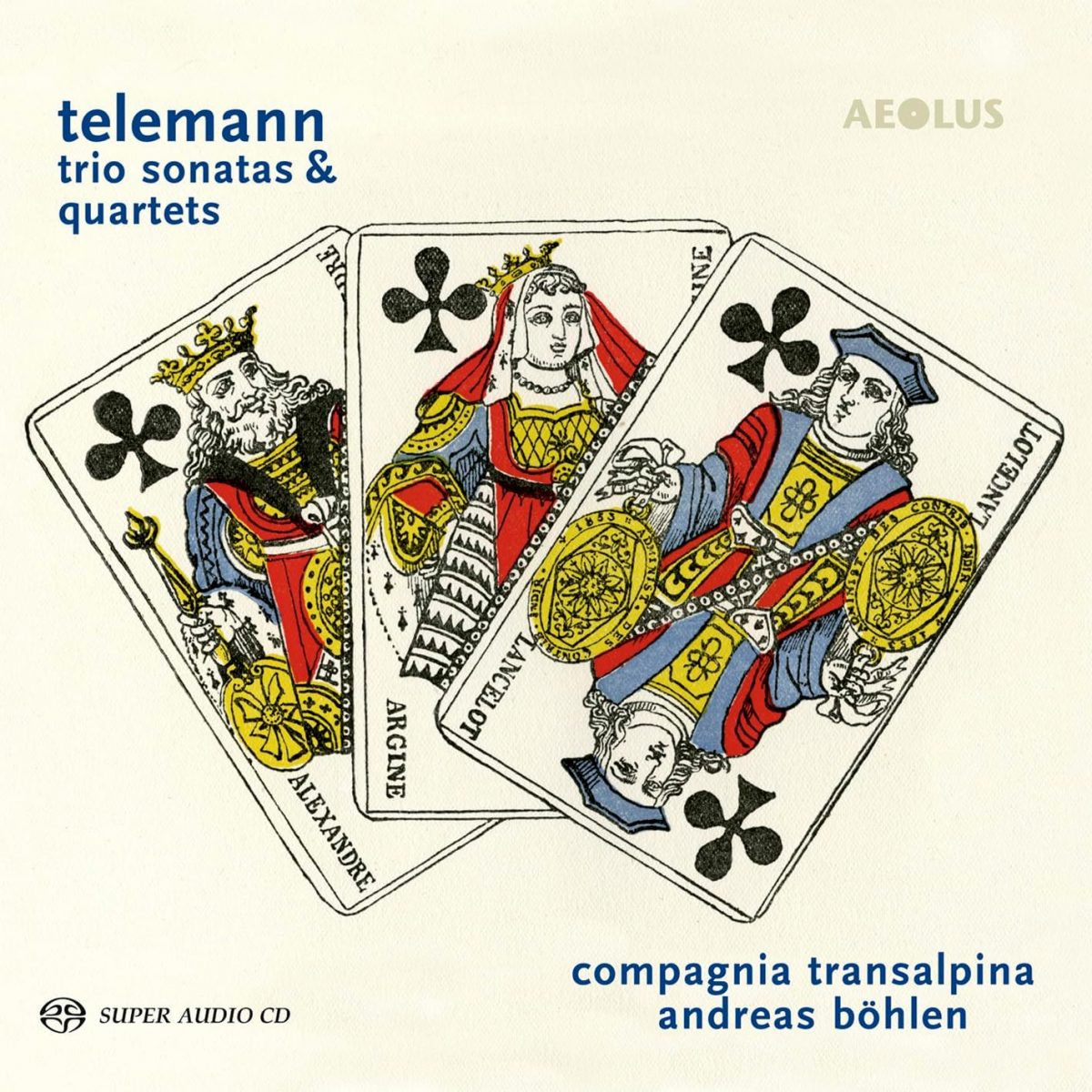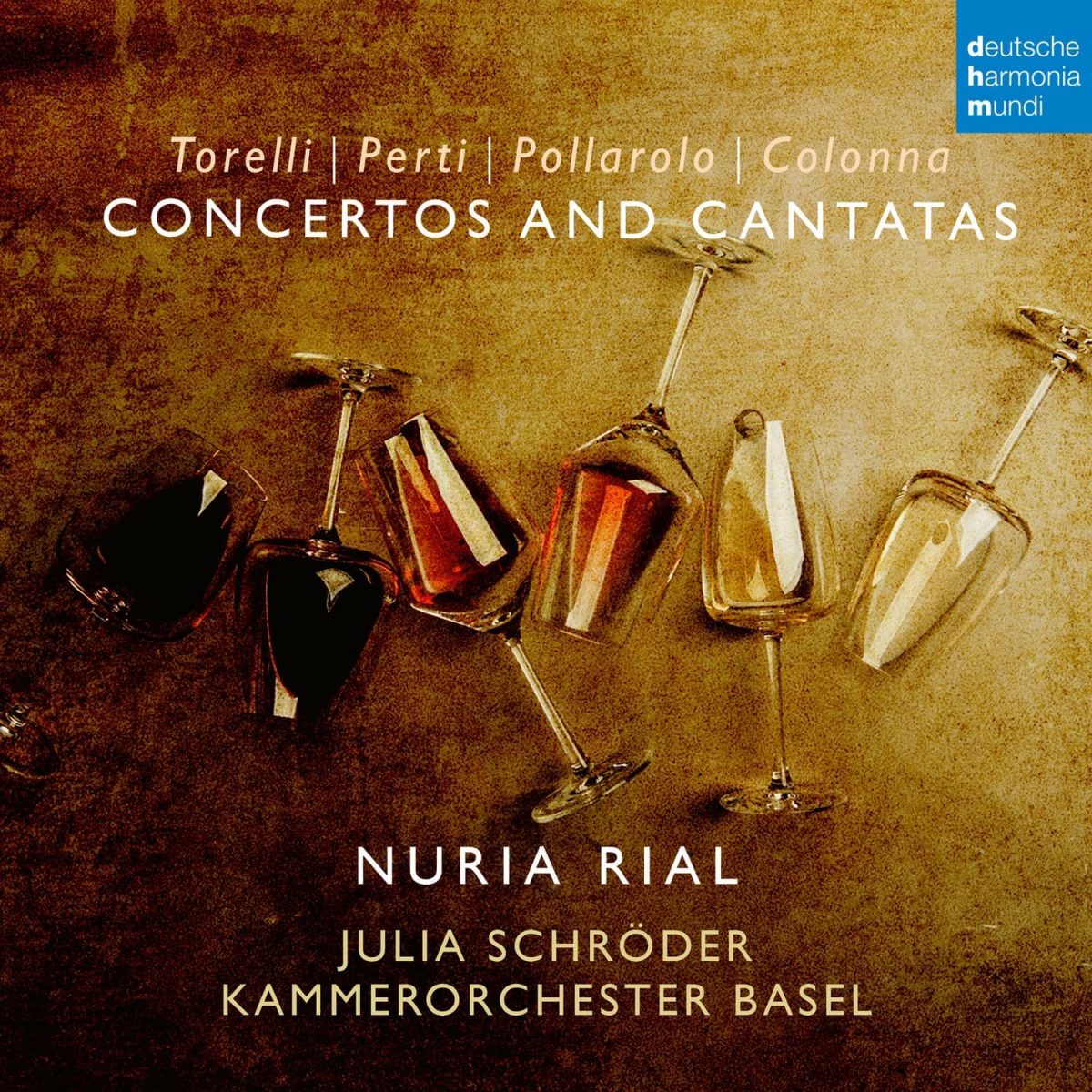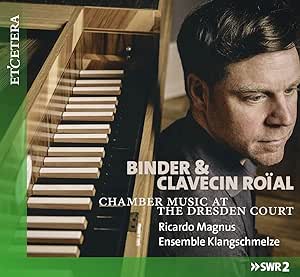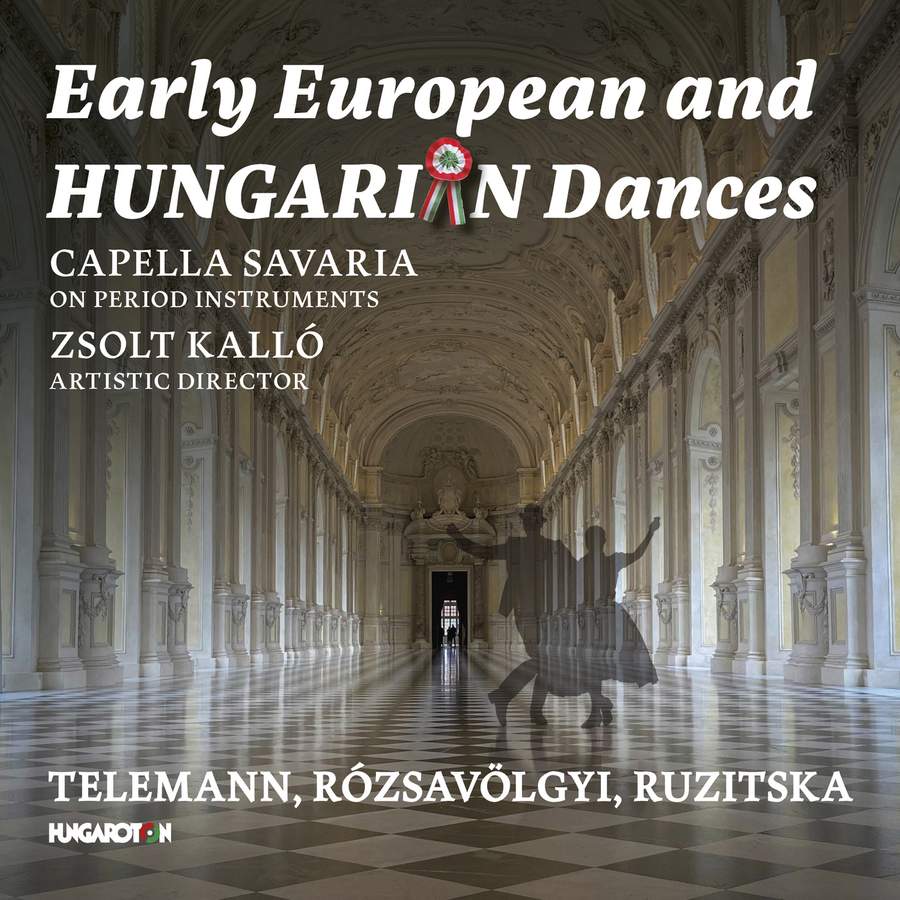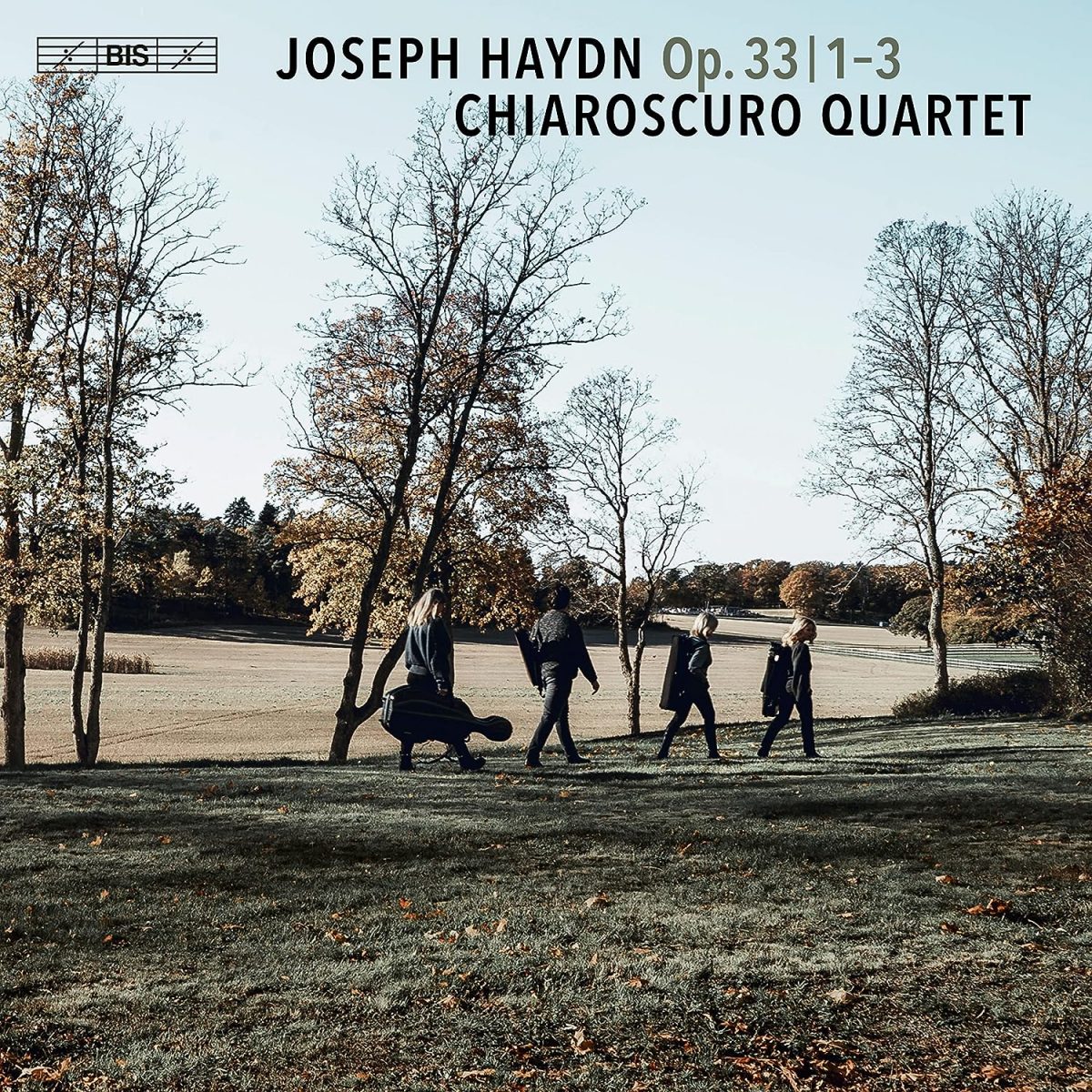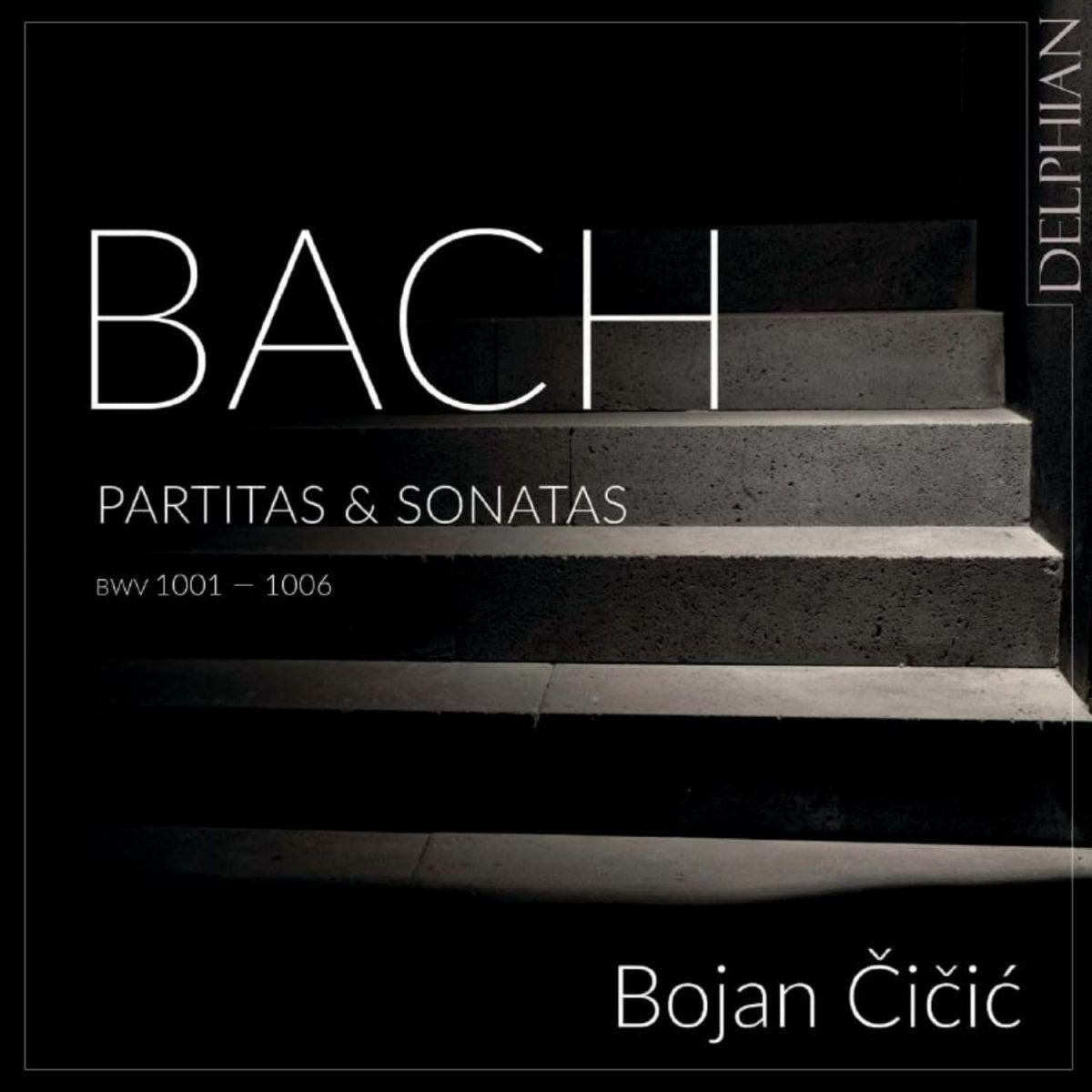Campagnia Transalpina, Andreas Böhlen
71:05
aeolus AE-10366
Telemann’s cultivation of the trio form was truly prodigious, and we have ample proof of this with some 150 extant examples, as well as about 50 quadros. The timeline for these works spans from the early Eisenach period right up to the 1740s. There is already a rich scattering of recordings of many, with just the double violin trios seeming under-explored. The recorder and oboe trios are amongst the most often tackled, and in my own listings, I find two real gems: Tel-Strad: Teldec (a double CD) and the superb Stradivarius (STR 33595) with Tripla Concordia (Alfredo Bernardini et al). Some of these trios featured on this current CD were recorded as long ago as the 1980s, and even the quartets here have had numerous recordings, and feel like fine euphonic friends.
The writing for recorder and oboe is most satisfying, and the dialogues between these instruments are both languid and sensual, fluid and dynamic; Campagnia Transalpina has captured this aspect very well indeed, their voices balanced, and with unforced expressivity. The recorded sound quality is crisp, full and measured. This feels like a well-polished concert, with perhaps a touch of understatement in the finales. The oddest thing to my ears was the opening Largo from TWV42:F15, where a pile-up of ornaments from both the main instrumental protagonists dismantled the normally sensual flow of this beautiful slow movement. This aside, this recording demonstrates Telemann’s admirable prowess in writing fine chamber music.
The playing cards on the cover of the booklet may have shocked the composer, recalling the substantial gambling debts and infidelity of his second wife! Fortunately, the music offers some elegant conversations from a great musical esprit, the familiar G-major work displaying this in spades.
David Bellinger
